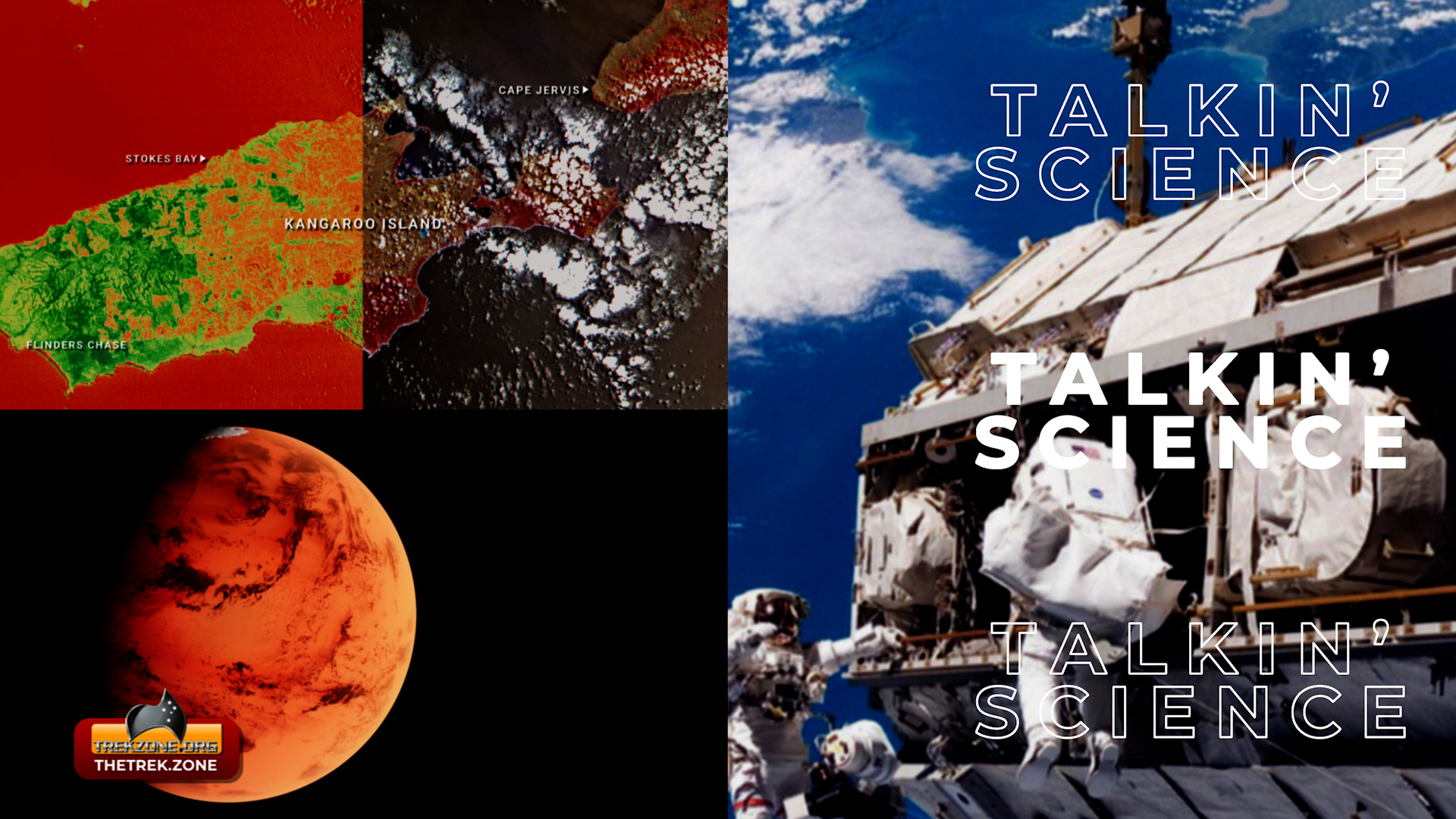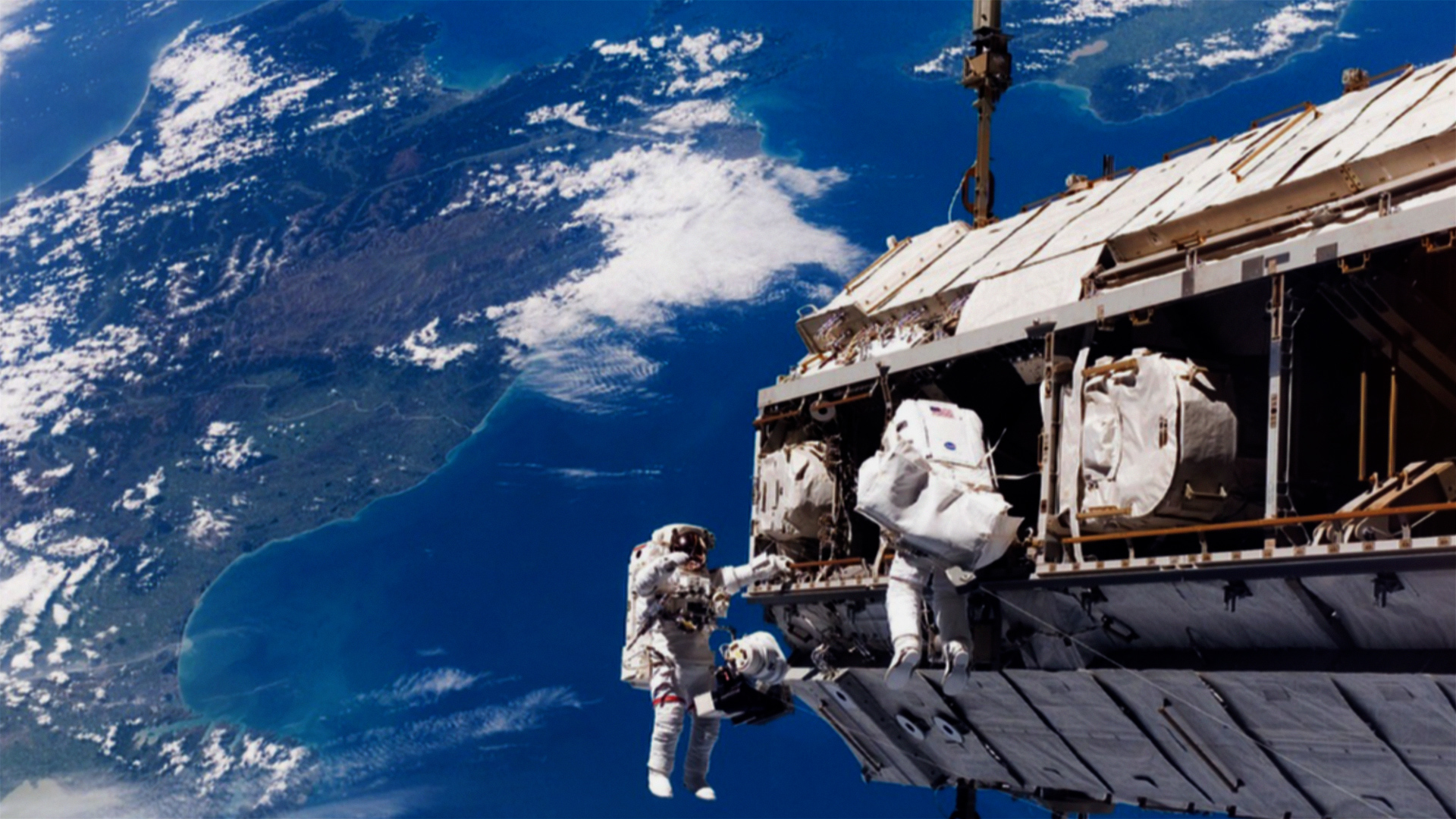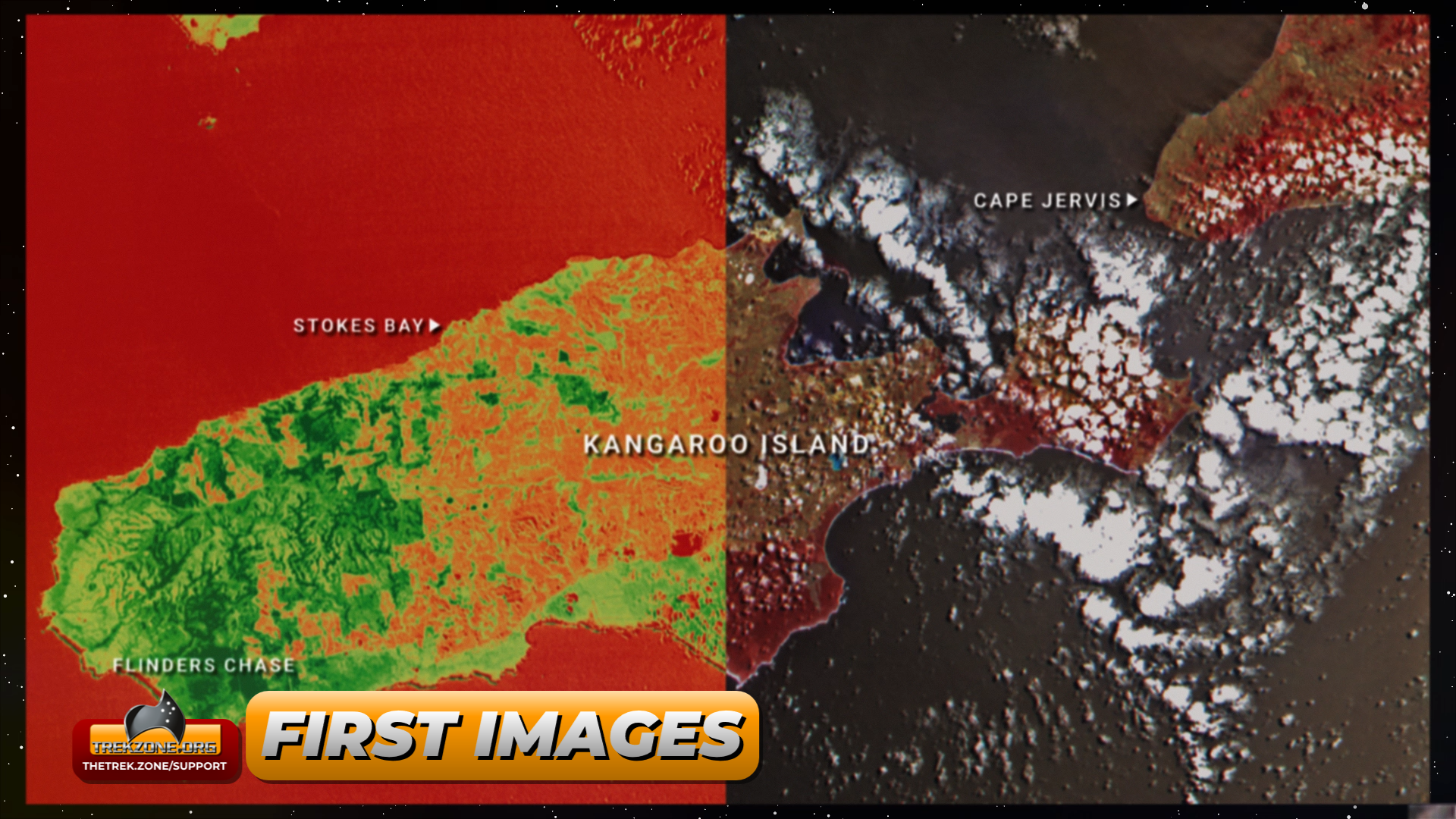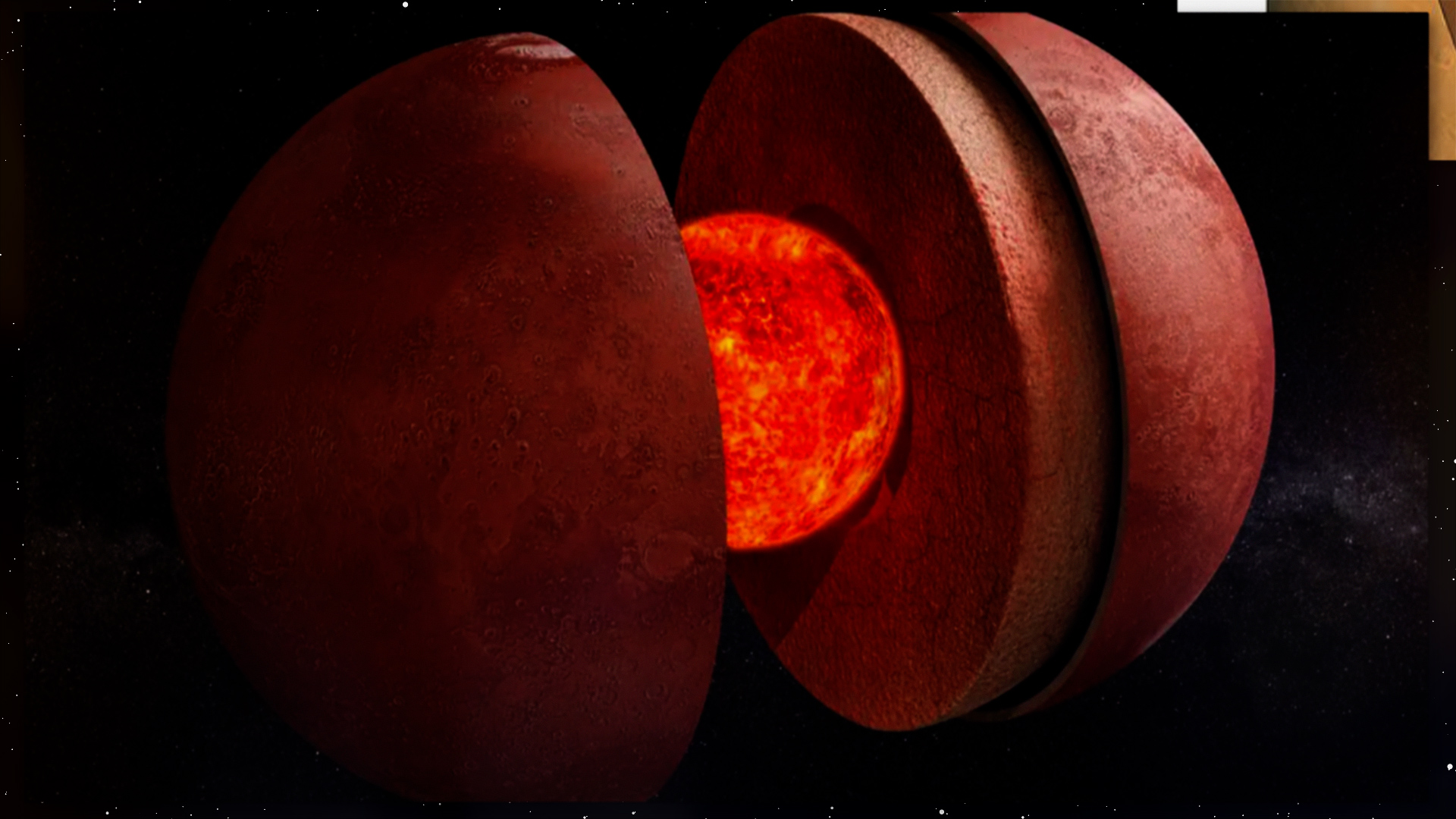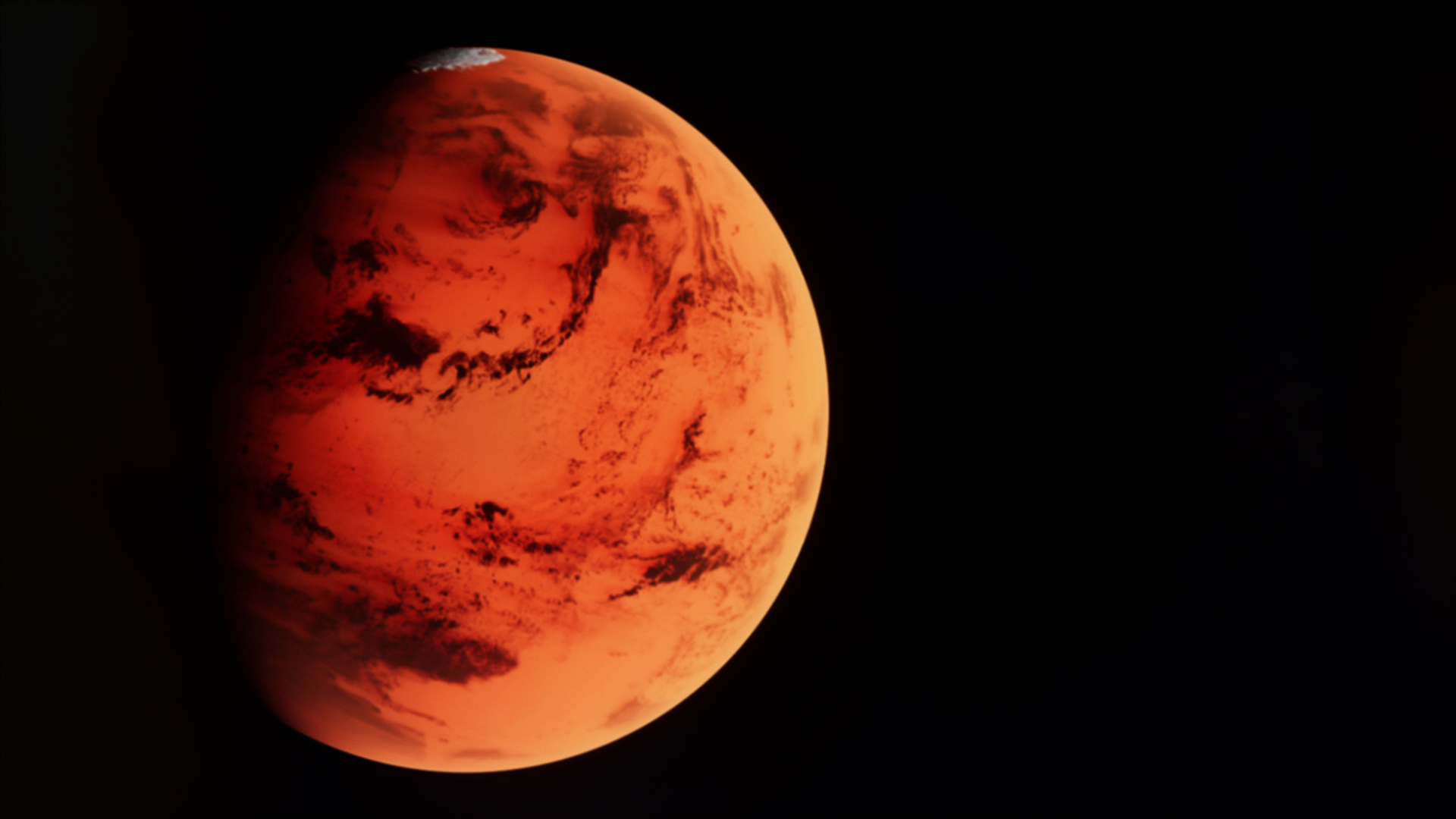Your Streaming Profile and The State of Star Trek : Talkin’ Trek with Lee Sargent
In the beginning the large production companies sought to sell the streaming rights to their content to the highest bidder, but when they realised the power of being able to leverage audience metrics with advertisers they started striking out on their own.

